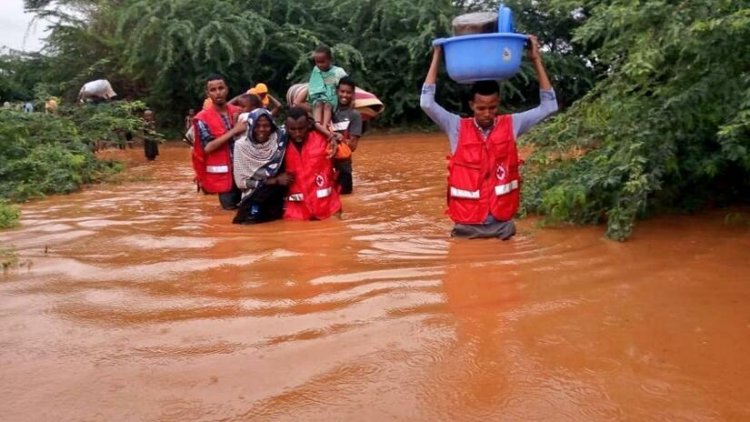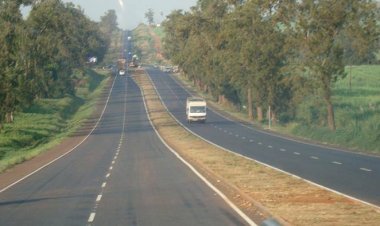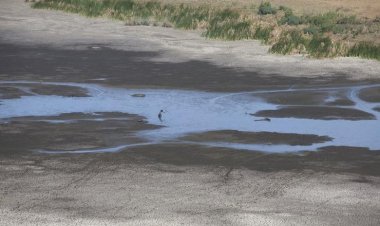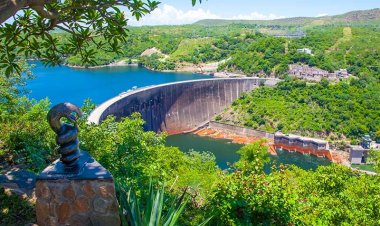Natural Disasters Policies in Kenya for Occurrences
Kenya has put in place various policies and measures to address the challenges posed by natural disasters, including floods.

Kenya is a country that is prone to a variety of natural disasters, including floods, droughts, landslides, and earthquakes. Floods, in particular, are a recurrent problem in the country, affecting millions of people every year. To address these challenges, the government has put in place various policies and measures to mitigate the impact of natural disasters.
The National Disaster Management Policy of 2009 is the main framework that guides disaster management in the country. The policy recognizes the importance of disaster risk reduction and management as a critical component of sustainable development. It aims to build resilience at all levels of society, from individuals to communities and the national government.
In addition to the national policy, the government has established the National Disaster Operations Centre (NDOC) to coordinate disaster response efforts. The center is responsible for monitoring and assessing disaster risks, coordinating disaster response, and ensuring that relief efforts reach the affected communities.
The government has also established the National Drought Management Authority (NDMA) to address the recurrent problem of droughts in the country. The NDMA is responsible for coordinating drought management activities, including early warning systems, drought risk assessments, and drought response plans.
To specifically address the issue of floods, the government has developed the Flood and Water Management Act of 2016. The act provides for the management, control, and protection of water resources, including rivers, lakes, and other water bodies. It also establishes the Water Resources Authority, which is responsible for enforcing the provisions of the act.
The government has also taken measures to improve early warning systems for floods. The Kenya Meteorological Department (KMD) regularly provides weather forecasts and warnings to the public through various channels, including radio and television broadcasts, social media, and mobile phone messages. The KMD also works closely with the NDOC to issue early warnings and coordinate disaster response efforts.
Finally, the government has established the National Environment Management Authority (NEMA) to oversee environmental issues in the country. NEMA is responsible for regulating and enforcing environmental laws, including those related to land use, waste management, and pollution control. The authority works closely with other government agencies to ensure that development projects are carried out in an environmentally sustainable manner.
Kenya has put in place various policies and measures to address the challenges posed by natural disasters, including floods. These policies aim to build resilience, improve early warning systems, and coordinate disaster response efforts. However, more needs to be done to ensure that these policies are effectively implemented and that the country is better prepared to deal with the impacts of natural disasters.
If you have a real estate press release or any other information that you would like featured on African Real Estate Blog Post do reach out to us via email at [email protected]

































